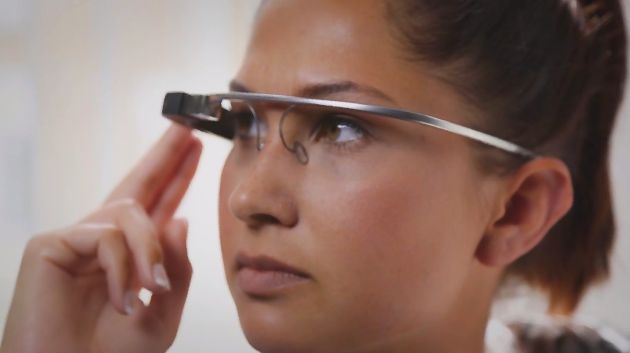Google Glass, London And Mind Control
London, Google Glass and mind control, three things one would have never expected to be announced so soon. The futuristic artificial intelligence prototype, was recently made available to the British to try it out first-hand. On the heels that announcement, the virtual-reality tech toy, priced at $1000 has another surprising feature. A London based tech company has developed an app called MindRDR, allowing Google Glass to be controlled just by thinking.
As quirky as it sounds, the firm that developed MindRDR is called This Place. The agency specialises in creating user-interfaces and simulations or as they prefer to call it “experiences”, for software used in the field of medicine. The app, MinRDR allows Google Glass to connect with the Neurosky MindWave Mobile EEG biosensor, a device that is mounted on the head to read brain waves.
MindRDR combines telekinetics and technology making it a fantastic upgrade any piece of technology has had in a long time. EEG short for electroencephalography, is the recording and measurement of the brain’s electrical activity. Bio-sensors that monitor EEG have long been in use, but the price tag prohibited widespread use. A Silicon Valley based company, called Neurosky made it affordable selling them for as low as $79 on Amazon.com.
Dusan Hamlin, CEO This Place, London developed MindRDR by pairing the sensor with Google Glass via bluetooth. Once the devices are paired, app is activated by detecting the EEG sensor’s input and converting it to commands that can run Google Glass. On activating MindRDR, a camera interface on the screen of the Google Glass is presented to the user. As in a sci-fi movie from the 80s, the user picks a subject, aims in the direction and concentrates on the action, as the Glass monitors the brain waves. Simply put, the more you focus the higher the meter climbs, until it triggers a response from the camera on Google Glass. What then happens at least for now, is that you can take a picture and upload it to Facebook, Twitter, or any other social media platform out there.
Hamlin, who hopes to use the innovative product in the medical industry in the future says that Neurosky’s sensor can monitor the four known brain responses for now, but hopes to include the 18 others in coming years.Hamlin who designed the product to help users overcome mobility limitations, said MindRDR will be developed in the future to help locked-in syndrome patients. This includes quadriplegics and people who have lost motor control but remain aware and alert.
The enhancements to Google Glass in London do not end here. Hamlin has uploaded the code for MindRDR on to GitHub for free and hopes to inspire people in the future to work on this exciting marriage of technology and telekinetics. Check the video below to see the what they have managed to do. All I can say for now is London, Google Glass is grateful for adding mind control. Need I say more. Well we don’t have to OK Google, any more. That must be fun.



